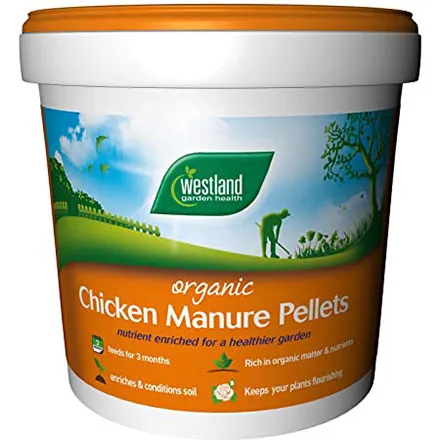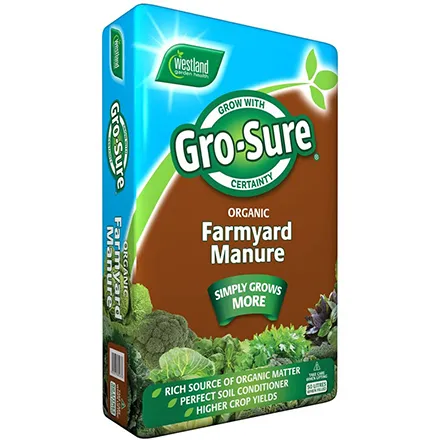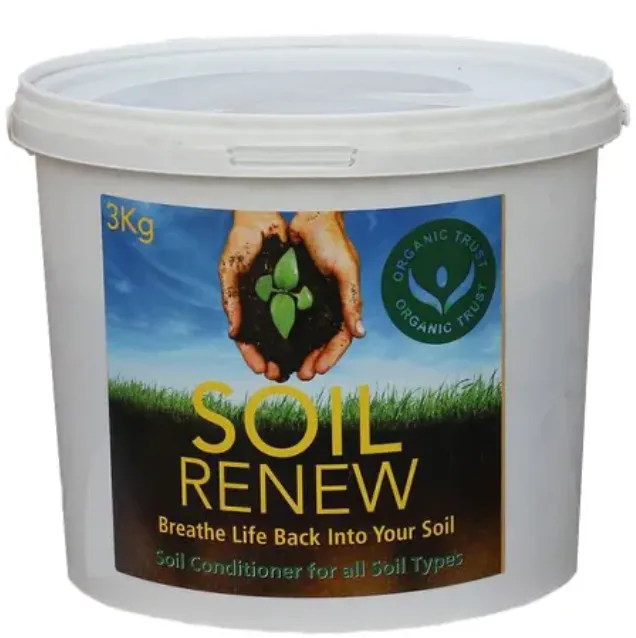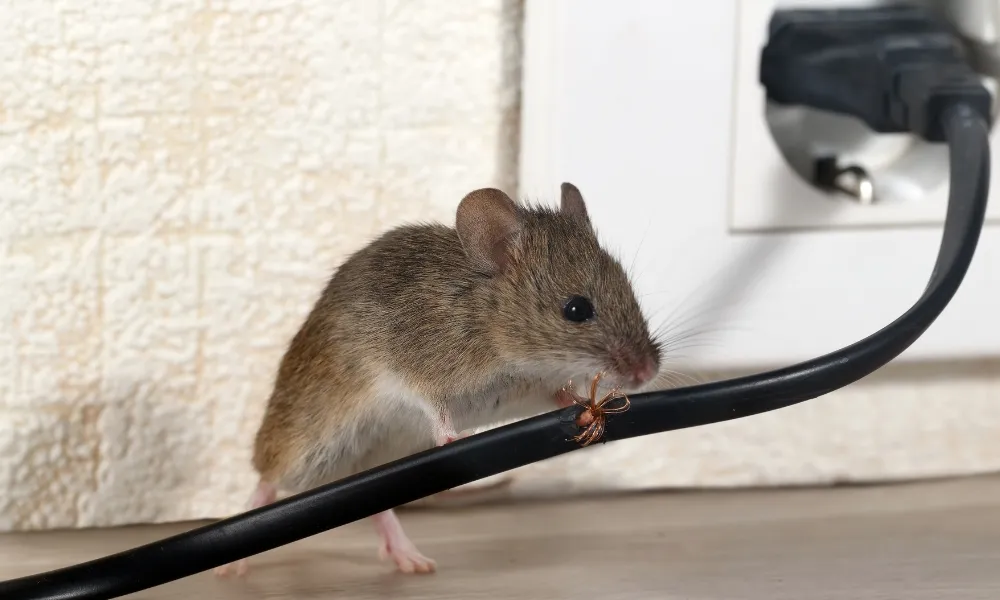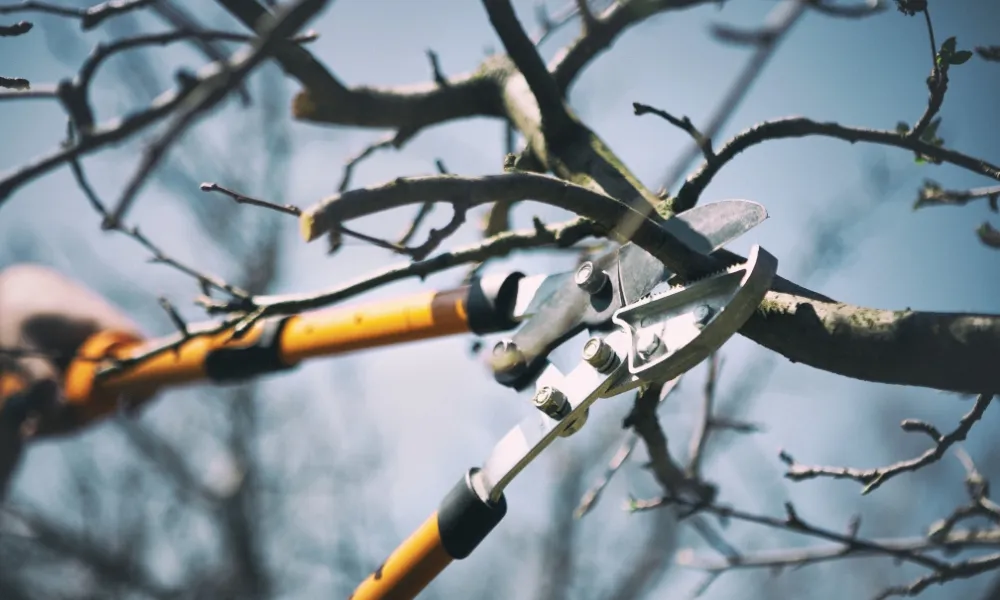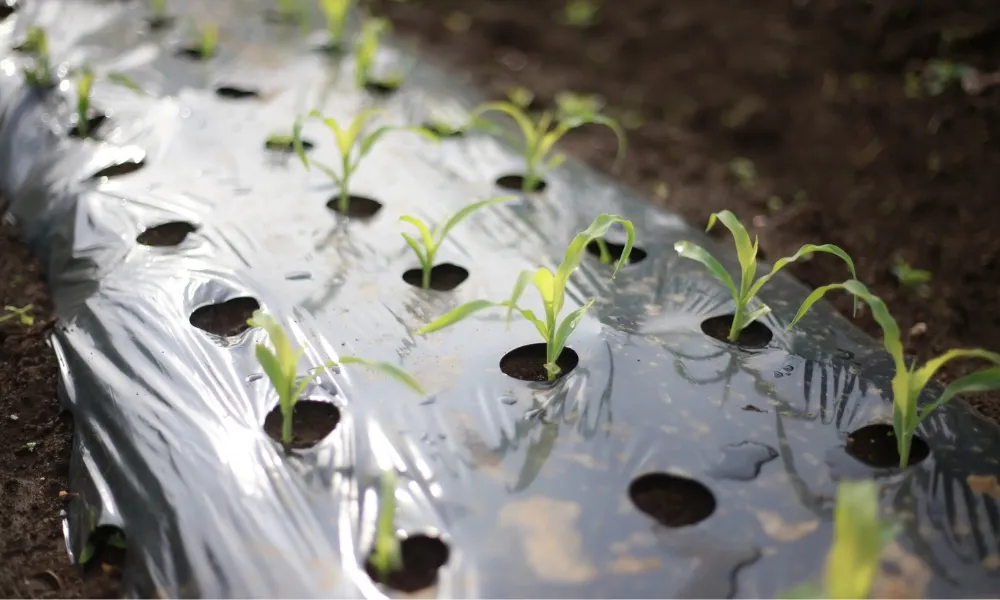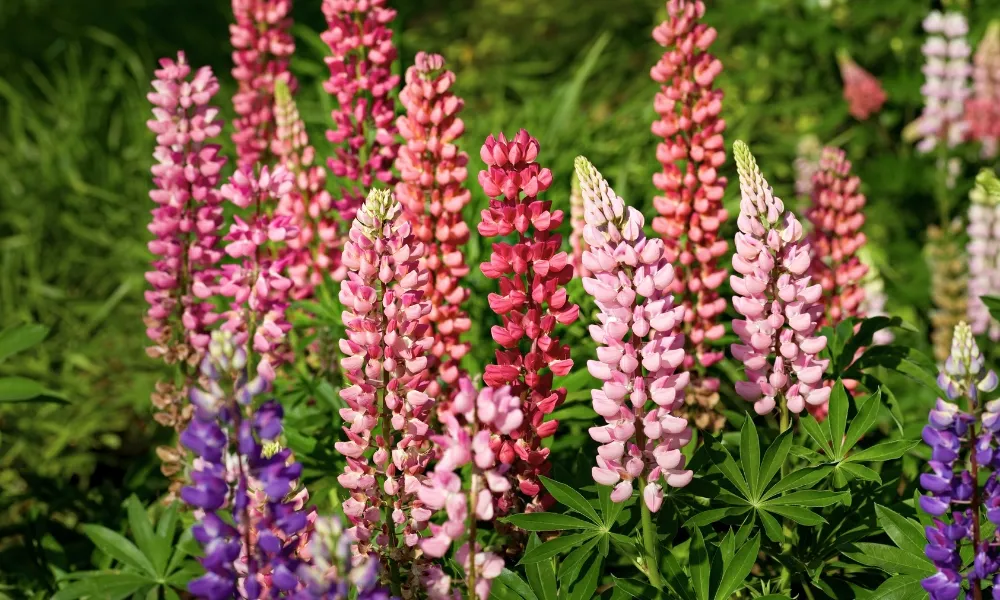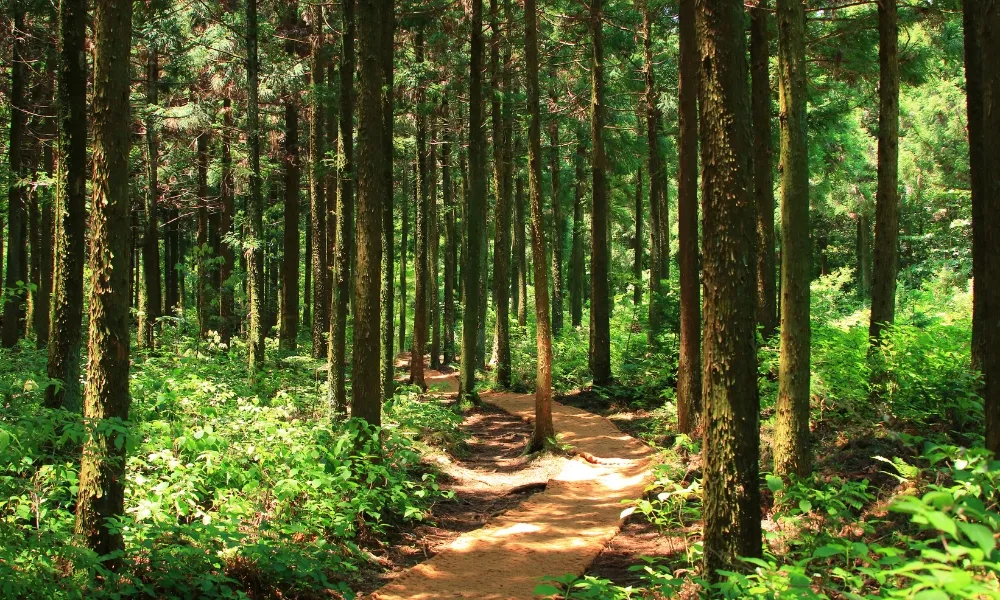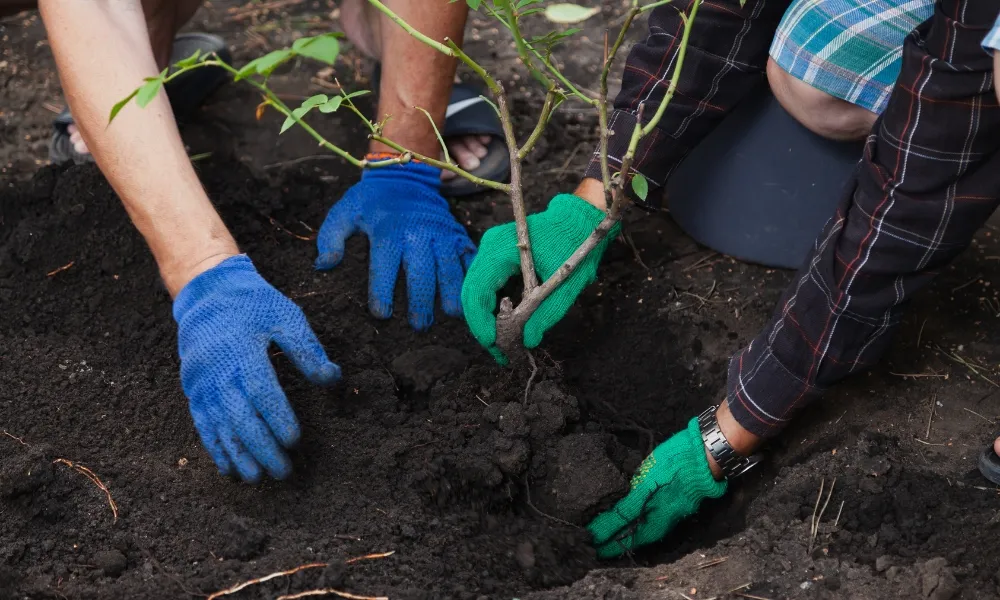
Composting.
Recycle, recycle, recycle! It's the buzz word at the moment and rightly so. What better way to recycle than to make a nutritious feed from your household waste for your garden. Here's how;
Location.
Decide first where you would like your compost to be. Ideally it should be on bare soil not concrete as this allows worms and other helpful critters access to break down your compost.
It should be in a semi shaded area, getting a little sun helps it warm and speed up the break down process.
Keep in mind ease of access, so somewhere that is handy for bringing things from the kitchen but also good access to the garden for when you're using your finished product.
Finally (although you will be proud of it) maybe not somewhere that is in obvious view as it may not look as pretty as your blooms!
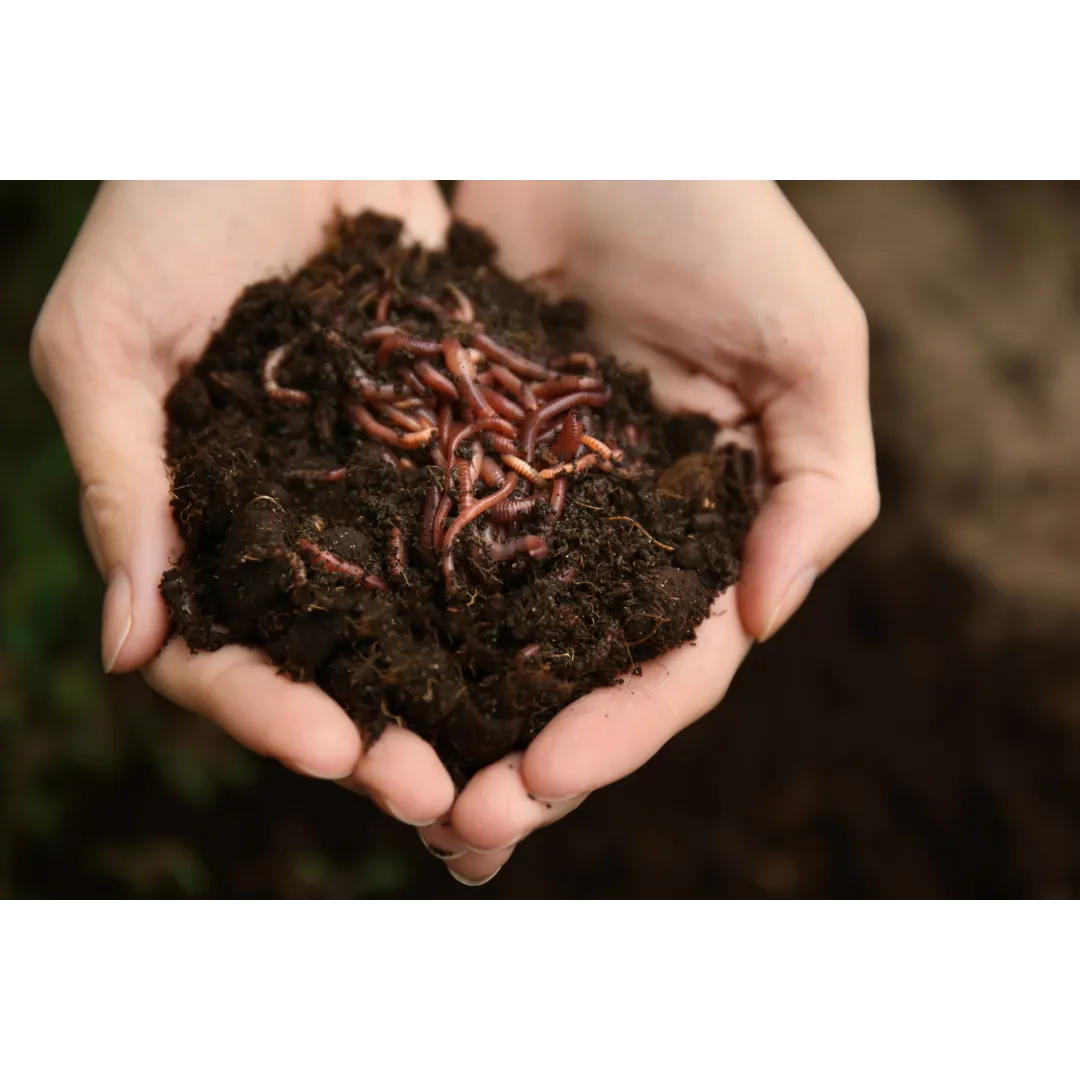
Container.
You can purchase many different types of container. The general design is an upside down cone shape with access from the top and a hatch for accessing finished product at the bottom. Most important is the open bottom, this is very important for air circulation and as I mentioned above, worm access!
If you are unable to buy a container there are many ways to make your own. Square bales stacked in a square are ideal as the heat is excellent for the composting process, old pallets screwed together work well also if you have the space. If you are the creative handy type you can build a frame from timber and put chicken wire on it ,thus making one whichever size suits your need.
Ingredients.
When starting your pile be super aware of air circulation. So if you have any twigs, hay, straw, scrunched up newspaper, or
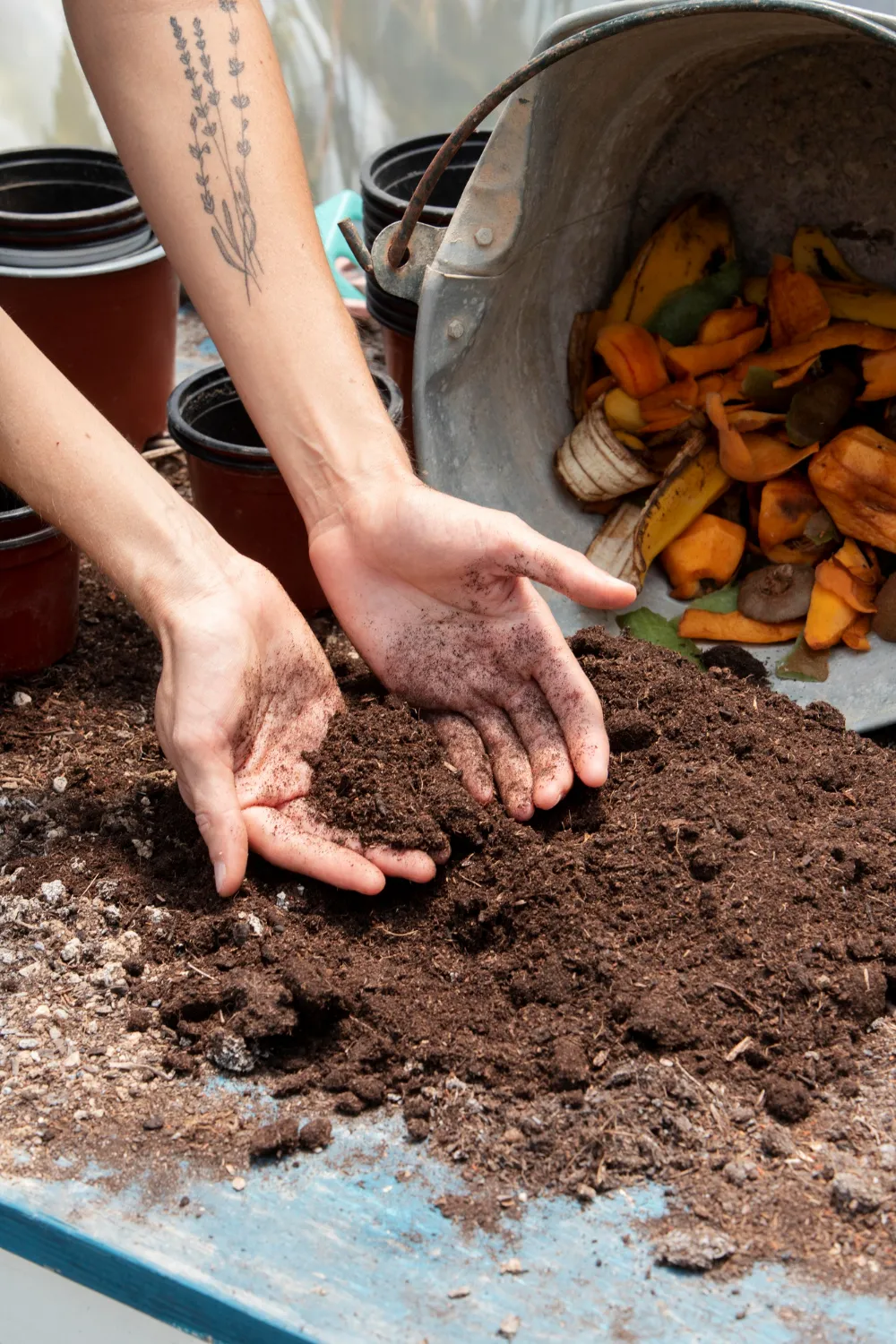
burlap start with these. This will make the breakdown process a lot quicker.
Compost ingredients are separated into 'Greens' and 'Browns' getting the balance between the two is the trick.
Green examples are- salad scraps, teabags, old plants, grass cuttings, fruit scraps, veg peeling, etc.
Brown examples are- Woody hedge clippings, wood ash, straw, hay, egg shells, sawdust, etc
For the likes of grass clippings a rule of thumb is generally 4 parts brown to 1 part green.
A few things that you should never add are- Diseased plants, pet excrement, meat.
Now the biggest effort of all is patience! It takes up to 11 months for compost to be ready from scratch. Once it is ready it should have a dark and crumbly texture and smell fresh and earthy. If it is too wet you will need to add more brown waste and less green and make sure there is adequate drainage. If it is not breaking down at all you need to add more green.
what can it be used for?
It can make a great potting mix, just be sure to add 4 parts of normal soil to 1 part compost using a higher concentrate can overwhelm and burn the plants.
Mix it with sand to make an great lawn dressing.
Lastly, if you start your composting now it will be ready for next spring and can be put at the base of fruit trees to give them a boost!
Sophie x
Don't Have Time to Make Your Own?...



